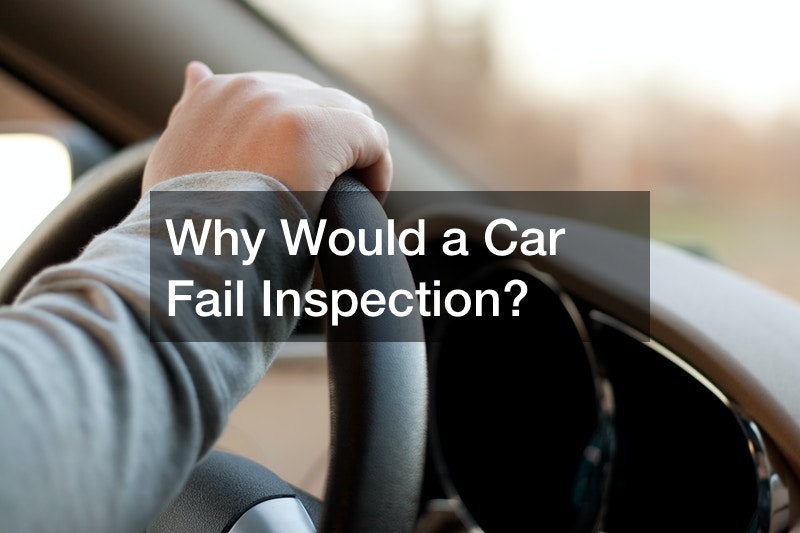
It takes a while to fully understand the costs and benefits of an electric vehicle. Electric vehicles give users the choice to minimize the cost of their vehicle if they are aware of the differences between traditional combustion engines and electric motors. Electric motors are small and powerful compared to conventional motors, which makes electric vehicles lighter. In addition, EVs use electricity that is often produced from renewable sources at a much lower cost. On average, EVs have a higher capacity to store energy and can cope better than combustion engines when left unused for long periods of time.
On average, electric vehicles will pay for themselves in about 12 years. It’s important to also keep in mind that electric vehicles have zero emissions. In terms of an EV auto mechanic, because electric motors are so small, it’s easy to see if a battery has gone bad. A vehicle without a functioning battery will quickly stop working. Make sure you regularly check your battery’s capacity and its discharge status.
These are just some of the things you should know before deciding to buy an EV. More importantly, if you are considering the purchase of an electric vehicle, there are a few things you can do to minimize the upfront costs.
Leverage Rewards Programs

To finance an EV, a good place to start is by looking for financial incentives that your car dealership or manufacturer offers to encourage EV sales. Some states offer free or reduced registration fees. There are also state and local tax credits for buyers of electric vehicles.
You can take a look at the IRS guidance on the tax treatment of electric vehicles and determine if you qualify. Alternatively, you can consider completing a state application for a rebate or income tax credit.
In some states, there are also tax breaks on the sales of EVs. The amount of tax credit varies, but it is usually in the range of a few thousand dollars. Make sure to have the entire cost of your vehicle in cash at the time of purchase, and deduct any taxes you may be entitled to.
After you’ve calculated the cost of your electric vehicle and any applicable federal and state incentives, it is important to look at your budget to see where you can make cuts to offset the expense of the vehicle purchase. Before you decide on the monthly budget for your electric vehicle, you should consider the various options available in your area. For instance, you can look for an EV leasing option in your area. You may also need to consider other costs, such as insurance, maintenance, and repairs. This will vary based on your local utility, your electric vehicle brand, and its reputation, and your individual car model.
To calculate your monthly budget for an EV, you need to know the size of the battery and the cost of electricity. One popular method to calculate the annual cost of an EV battery is to compare the cost of batteries per year with the cost of electricity.
At this time, most automakers are offering models that have at least a 60 kWh battery, with an estimated range of 150 or more miles. This is the minimum range required for most drivers to comfortably commute.
Although electric cars are a fairly new concept, many drivers have come to expect good reliability from their electric vehicle, and also appreciate the low-maintenance benefits of EVs from dealers when they sell a car.
On top of all that, all EVs use the electricity from the batteries to power the car. As a result, battery cost and the cost of gasoline (or diesel) fuel are no longer an added cost. While many EV models are already available at local dealerships, finding the one that works best for your budget can be a challenging task.
Most dealerships only offer a limited number of models, and usually, the cars they do have will have waiting lists. With the incentive of cash back, lease programs, and tax credits, you are likely to find an EV that suits your needs more quickly than with other options.
Insurance

Auto insurance companies treat EV owners a little bit differently as well. Your premium will likely be the same as a gasoline-powered car, but you may be asked to pay extra for the right to drive an EV. Most insurance companies provide this coverage for free, although it may be subject to a deductible. Some insurance companies have come up with incentives to make the coverage more attractive to EV owners.
Maintenance for EV Drivers
Unless your battery is old and needs to be replaced, most new EVs are equipped with basic spark plugs and a warning light to tell you if something is wrong with the EV charger. Although some EV drivers keep their vehicles stored indoors, the need for a charger means you’ll need to make sure to keep a charger and a portable jumpstart kit close by in case you need to jump-start your car.
Once you have selected a car and you’ve paid the taxes, you should set up a maintenance plan to keep your EV running smoothly. This plan is important to keep in mind because it will determine how often the EV has to be serviced. Many insurance companies will require regular maintenance of the EV battery, and may even require periodic inspections of the charger.
To keep your EV running smoothly, you’ll need to have regular maintenance performed on the vehicle. This is best done at a professional garage, but if your local mechanic can do the repairs, the cost will likely be no more than any other type of repair.
Some simple maintenance tasks include checking that the cooling system, battery, and tires are properly functioning and making sure the EV battery is up to date and at the proper voltage.
Driving over uneven terrain or at high speeds can damage your EV battery. Drivers who frequently encounter uneven surfaces on their commute will find it best to have your battery checked or replaced periodically. You may also want to give your EV a test drive once every six months or so, especially in cold temperatures. Check to make sure that the air-conditioning system is working properly, as well. If your EV is experiencing issues with overheating, get it checked by a professional technician.
Despite the challenges and complexity involved in owning an EV, buying an EV is well worth the money you pay for it. Electricity has become an essential part of everyday life, and owning an EV allows you to enjoy this luxury whenever and wherever you go.
Brake Repairs for Electric Vehicles

Maintenance for EV drivers and the drivers of gas-powered vehicles can be very similar. This makes most repairs and maintenance in both types of vehicles quite easy. What may be slightly more challenging is your car’s ability to perform under different environmental conditions. For example, auto brake repairs on an electric vehicle will need to be checked for proper operation under extreme weather conditions, and some batteries may require a boost from the charger when they reach the point of total depletion.
Before you have any brake repairs performed, which is a common problem for EV drivers, you’ll need to ensure that your battery is topped off. If you can’t recharge your EV regularly, you’ll run the risk of damaging the battery or overheating your electric motor. Most dealerships offer EVs for free overnight auto service, but you may also be able to arrange a rental car if you need it. Some auto repair shops will offer an EV on-call service so that you can still go about your normal life while your battery is being topped up.
AC Repair for EV Drivers
If your EV gets too hot or runs out of charge due to air-conditioning malfunction, this can usually be remedied with a simple jumpstart. This is a good time to make sure you have a spare car key with you at all times so that you can start your EV quickly if it’s still under warranty.
When your battery gets too hot or gets too cold, it can trigger your car’s cooling system to overheat and begin to lose power. To ensure that your EV always stays fully charged, it’s best to top off your car with electricity as soon as you can and park the vehicle in the shade to avoid having to deal with auto AC repair more often than you should. Keeping your front window shade is a great way to cool the entire vehicle cabin, while also protecting against needing a window repair service.
Ride-Share Incentives

If your car is eligible for a share ride program, you’ll be able to use the electricity that you generate as your own. For instance, if you have a driving job for Uber, they offer incentives if you drive an electric vehicle to transport passengers around town — just keep your sealcoating and coverings clean so you’ll get good reviews to maintain a high rating. You can also use these opportunities to save money on your car and electric power bill. These incentives can be used towards the purchase of a new car – even the EV car that you’re currently driving. Some ride-share programs may also offer monthly EV incentives or discounts.
Believe it or not, the charging speed of your vehicle has to do with your battery life and the overall quality of your driving experience as an EV driver. EV chargers use a range of technologies to provide this charging service. Some require the connection of a single cable, while others charge your vehicle via induction or through a series of plugged-in outlets. Each form of charging has its pros and cons, and you’ll need to figure out which charging type works best for your vehicle.
Your auto transmission is another way you can save by driving an electric vehicle. All electric vehicles work pretty much the same, whether it’s a hybrid, plug-in hybrid, or pure EV. In any case, your auto transmission is designed to function in a much more efficient manner than a traditional automatic transmission. Traditional automatic transmissions require much more energy to run, so if you’re looking to save money on your car purchase or have the ability to install an electric drive system on your existing vehicle, then your auto transmission will play a large role in your vehicle’s overall performance. Traditional transmissions allow the engine to stay in its ideal RPM range while the car reaches its ideal MPG. The added range that this system adds to an engine’s total range can vary, however, depending on how close or far from its ideal RPM range it is. This happens because your car’s transmission is always looking at the optimum RPM range to select a higher or lower gear, as well as the ideal MPG range. Most EVs have a single AC motor connected to a gearbox. What is in the gearbox is what some people call a transmission since it is indeed a set of gears that transmits the rotation of the motor to the rotation of the wheels. What is in the gearbox is what some people call a transmission since it is indeed a set of gears that transmits the rotation of the motor to the rotation of the wheels.
Despite the challenges and complexity involved in owning an EV, buying an EV is well worth the money you pay for it. Electricity has become an essential part of everyday life, and owning an EV allows you to enjoy this luxury whenever and wherever you go.



